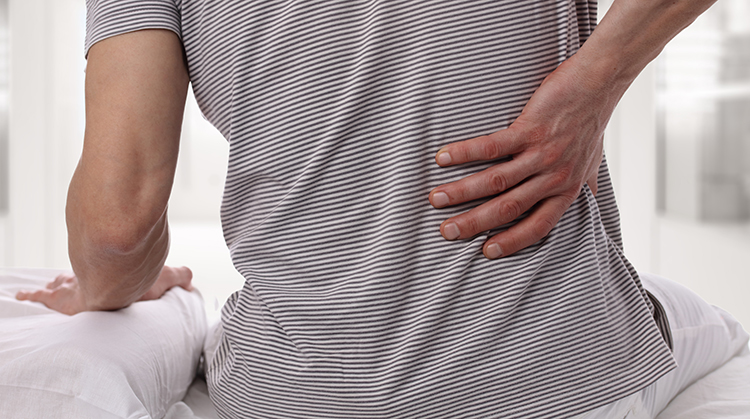
Almost everyone suffers from low back pain at some point in their lifetime. There are many types of back problems ranging from stiffness and muscle spasm to nerve pain that can radiate into the foot. Low back pain can simply be due to poor sitting or working posture. It can also result from the degeneration of lumbar discs or spinal vertebrae. Whether you have minor discomfort or suffer miserably, acupuncture can make a huge difference in the prevention and treatment of low back pain.
Diagnostic tests (CAT, MRI) are sometimes useful, yet they often miss important information that can only be obtained during a thorough interview and physical examination.
Low cost, non invasive diagnostics are vital to the effectiveness of acupuncture treatment. Skillful observation is a priceless component needed to understand back pain.
While each acupuncturist works differently, there are a few keys to successful treatment.
To treat a problem we need to fully understand the problem.
- How did it start? What activities make the problem worse? Are there positions or movements that reduce the symptoms?
- Range of Motion (ROM) measurements of the low back, neck, hip and shoulders show where mobility is limited and whether specific types of movement increase pain.
- Observation of the patient’s sitting posture, the transition from sit to stand, standing posture and gait pattern demonstrates much about an individual’s tension patterns and habitual movement.
- Alignment of the foot, pelvis and recognition of structural asymmetries also provide vital information pertaining to the origins of a particular person’s back pain. For example, people with fallen arches miss the shock absorption that well functioning feet provide for the low back.
- Palpation reveals tenderness, pain and soft tissues that are excessively firm or immobile. In many cases, back pain is related to a low back, diaphragm or psoas muscle spasm.
- Chinese pulse can point to energetic blocks (energetic conflicts) reflecting the health of each meridian. Acupuncture releases these blocks and strengthens the constitution.
Each finding provides valuable clues for the acupuncturist to uncover the etiology of a patient’s back pain and to monitor progress. Acupuncture utilizes energetic pathways to speak to the underpinnings of limited motion, spasm, structural imbalances and spinal compression. By doing this acupuncture creates an opening for misaligned structures and compromised movement patterns to shift toward greater balance. This is a noninvasive and gentle approach that promotes healing.
The hallmarks of a good treatment include, but are not limited to the relief of back pain. By removing energetic blocks, releasing tender areas, restoring mobility, balancing the structure and supporting the client’s unique constitution the whole person moves towards balance. Acupuncture can do all of this by restoring healthy energetic patterns. Symptom oriented treatments often miss underlying causes of problems. By looking carefully at the whole person and exploring their problems in depth, treatment proceeds with insight and understanding.
Also Read:
Robin McKenzie’s Revolutionary Approach to Back Pain
Contribution of Robin Mckenzie to Understanding and Treating Low Back Pain
